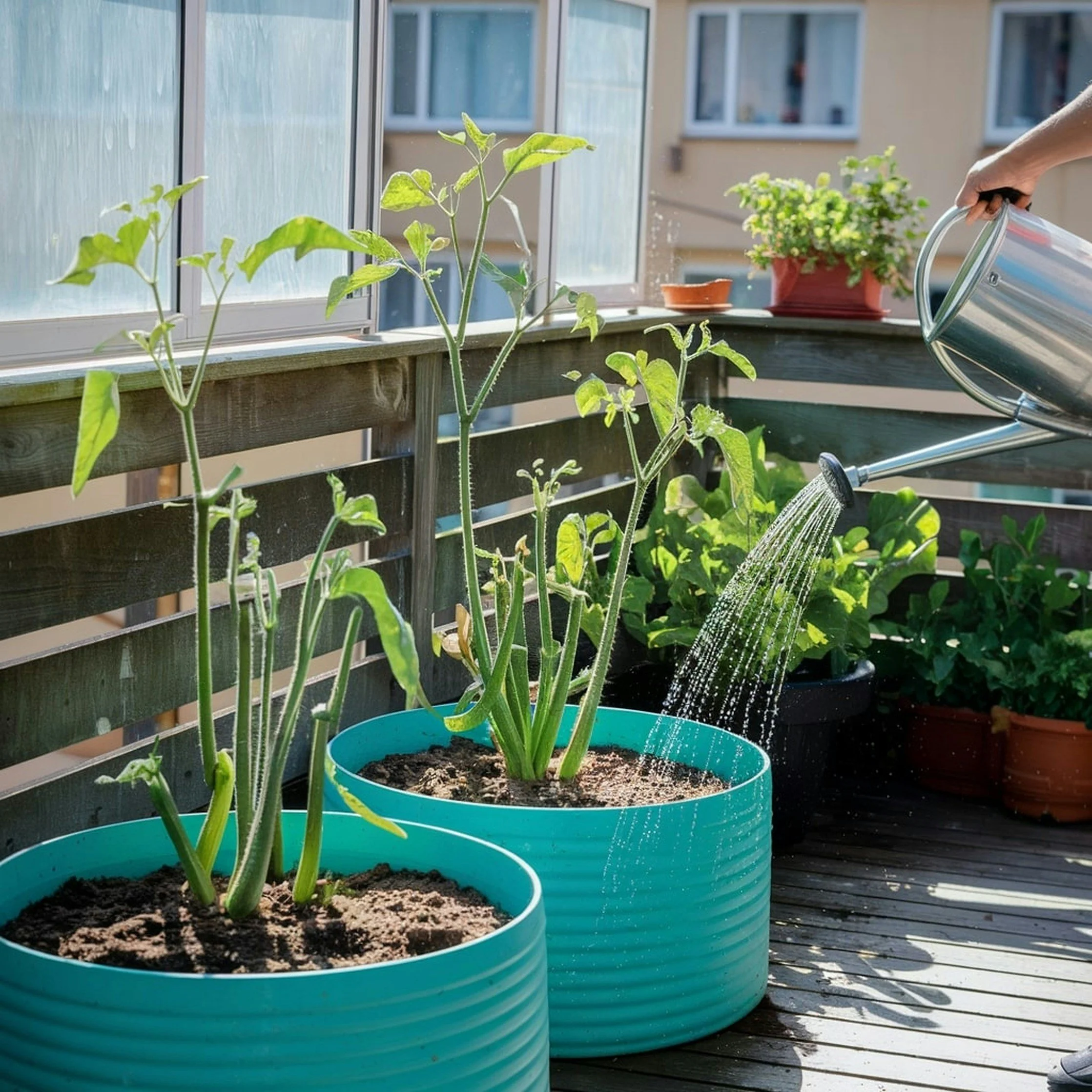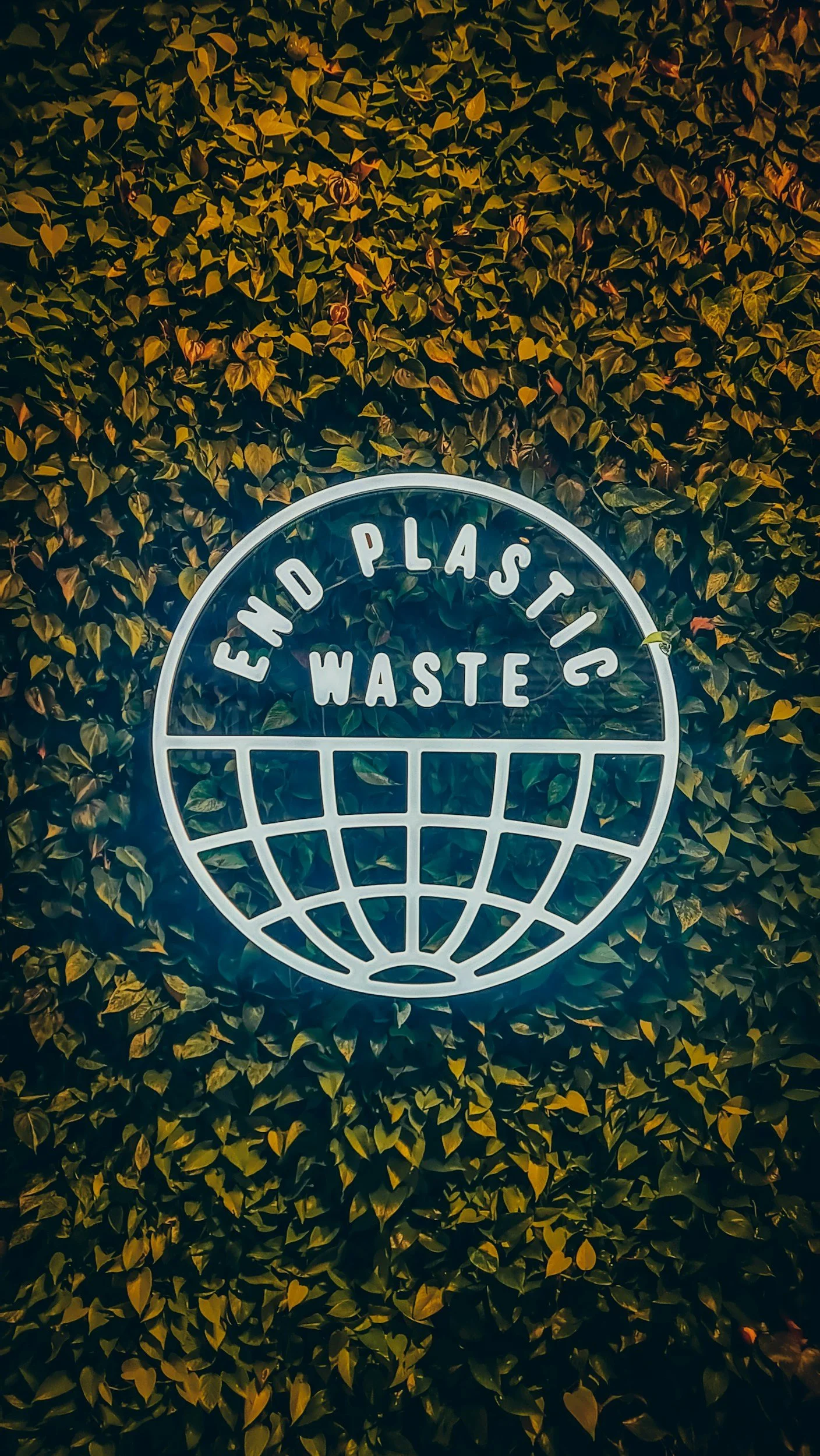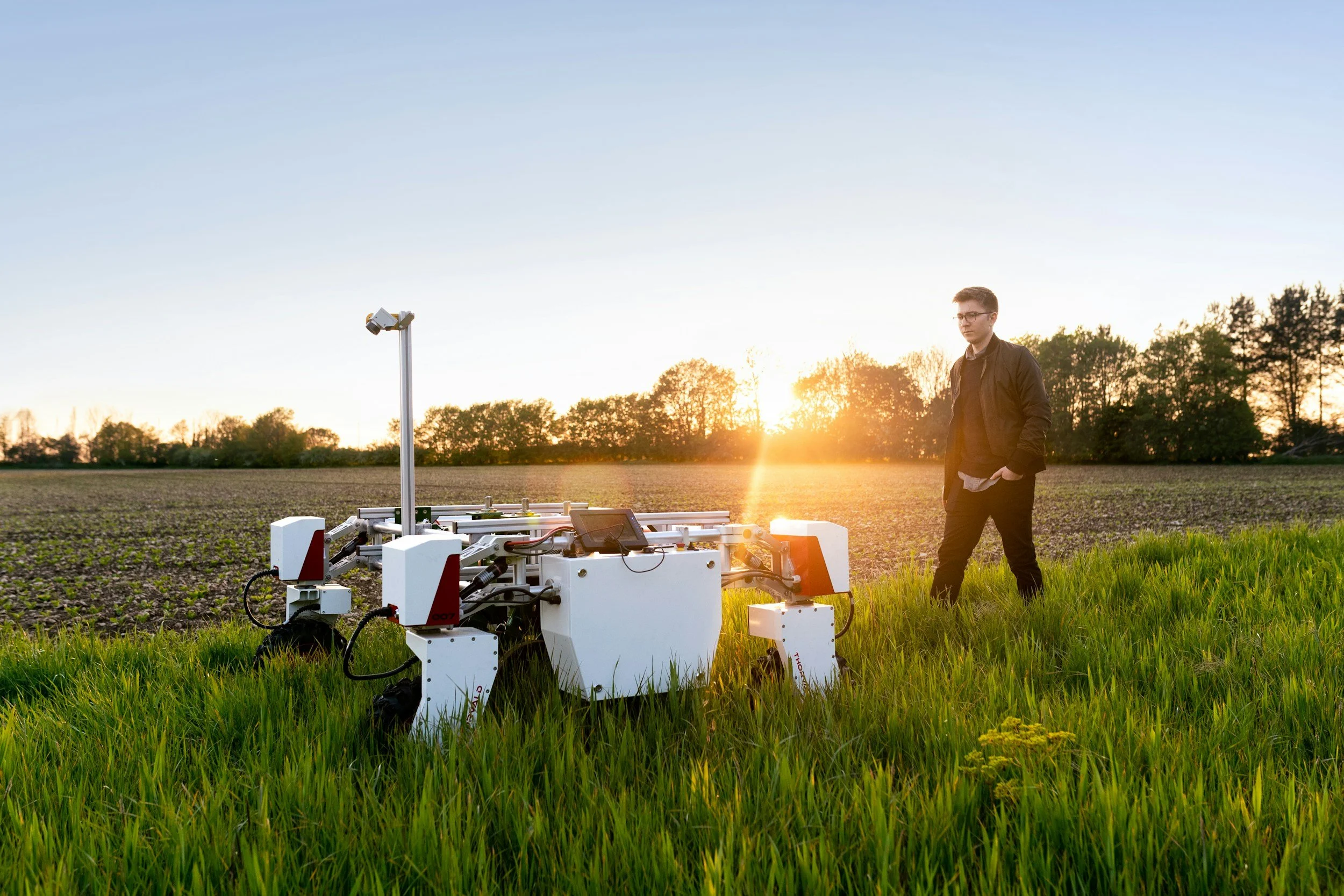Addressing PFAS Pollution: Why Sustainability Starts at the Source
/In a world increasingly focused on sustainability and environmental health, one of the most pressing challenges we face is PFAS contamination. Known as “forever chemicals” for their persistence in the environment, PFAS are a testament to the unintended consequences of human innovation. These chemicals have infiltrated ecosystems, contaminating water supplies, soil, and food chains. However, the growing awareness of this issue brings hope, as solutions are emerging — and they begin at the source.
Why Tackling PFAS at the Source is Essential for Sustainability
For years, efforts to address PFAS have primarily focused on downstream measures, such as filtering drinking water and managing health risks. While these actions are important, they’re akin to treating the symptoms rather than the root cause. To create a truly sustainable future, we must shift our focus upstream — to the places where PFAS first enters our ecosystems: manufacturing facilities, industrial sites, landfills, and airports.
By addressing PFAS contamination at its origin, we can prevent these chemicals from spreading into the environment in the first place. This approach aligns with the core principles of sustainability: minimizing harm, protecting natural resources, and fostering resilience in ecosystems. Advanced technologies, such as on-site PFAS capture systems and high-temperature PFAS destruction methods, are leading the way. These innovations not only reduce the spread of contamination but also demonstrate how proactive measures can safeguard our planet for future generations.
The Role of Collaboration in Building a Sustainable Future
Achieving meaningful progress in PFAS control requires collaboration across sectors. Regulators, industries, and communities must work together to prioritize early intervention and invest in sustainable practices. Policies that encourage on-site cleanup and responsible chemical management can make a profound difference in protecting ecosystems and vulnerable communities.
Industries that embrace these practices are not just complying with regulations — they’re taking on a leadership role in environmental stewardship. By adopting innovative strategies like advanced chemical separation and waste management solutions, companies can reduce their environmental footprint and contribute to healthier, more sustainable communities.
How Individuals Can Drive Change
Sustainability is a collective effort, and individuals have a vital role to play. By supporting companies that prioritize responsible PFAS management, staying informed about local environmental issues, and advocating for stronger environmental policies, we can amplify the impact of these efforts. Small actions, like choosing products from eco-conscious brands or participating in community initiatives, can create ripple effects that drive broader change.
A Vision for a Cleaner, Healthier Future
The fight against PFAS pollution is more than a scientific or technological challenge — it’s a commitment to protecting the planet we all share. By addressing contamination at its source, we can ensure that clean water, healthy soil, and thriving ecosystems are not luxuries, but fundamental rights for all. Together, we can build a future where sustainability is at the heart of every decision, and where the next generation inherits a safer, healthier world.
For more insights into how industries are leading the charge in sustainable PFAS management, explore the accompanying resource. Let’s work together to turn the tide on forever chemicals and create a legacy of environmental stewardship.
About the Author:
Casey Cammann is Chief Marketing Officer at Heartland Water Technology, which offers efficient, sustainable, cost-effective solutions to tackle a diverse array of waste management challenges. Cammann has more than 20 years of experience growing small businesses and brings a wide range of marketing and business development experience to the Heartland team. Cammann has a bachelor’s degree from Yale University and an MBA from the University of Michigan.
You may also be interested in…










































If you’re living in the United States, you’re likely to be eating food that contains chemicals that have been banned in Europe and other parts of the world. This is true even if you follow a “healthy” diet. Food safety regulations differ globally, but generally speaking, the European Food Safety Authority (EFSA) is a lot more cautious than the United States Department of Agriculture (USDA) and Food and Drug Administration (FDA) when it comes to approving chemicals for human consumption.